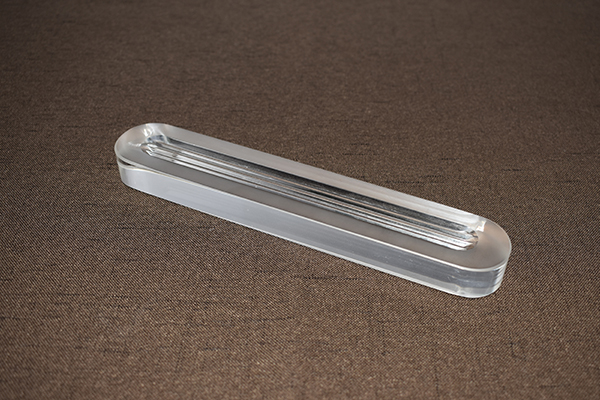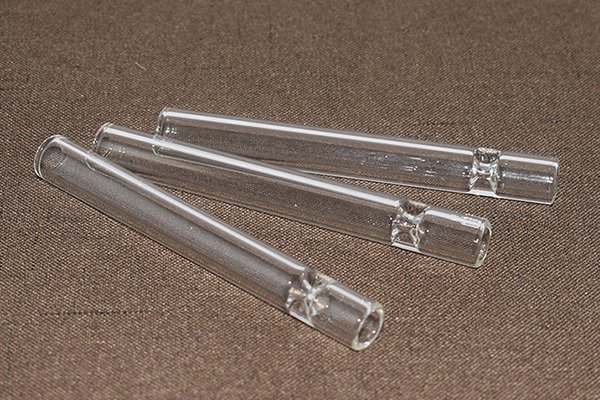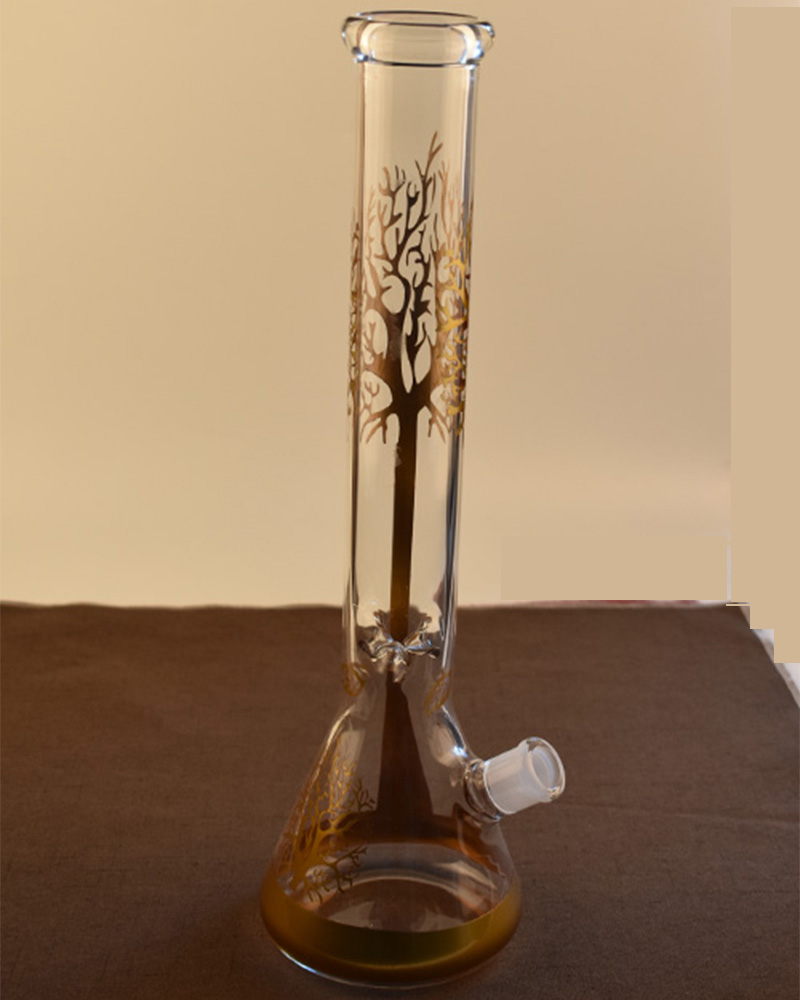News Detail
How Much Heat Can Heat-Resistant Glass Withstand? The Ultimate Challenge
Heat-resistant glass, often made from borosilicate materials, is famous for its ability to endure extreme temperature changes without cracking. But how hot can it really get before reaching its breaking point?
In laboratory and industrial settings, high-quality borosilicate glass typically withstands up to 500°C (932°F) in continuous use. Some specialized products can briefly endure temperatures as high as 600°C (1112°F), but these are under controlled conditions and without rapid temperature fluctuations.
The real strength of heat-resistant glass lies in its low thermal expansion coefficient — it expands and contracts very little when heated or cooled. This means it can handle sudden temperature changes of 150°C to 200°C without shattering, which is why it’s widely used in cookware, laboratory beakers, industrial sight glasses, and even spacecraft components.
In extreme testing scenarios, engineers push the glass beyond its comfort zone. Gradual heating can take it close to its melting point (around 820°C / 1508°F for borosilicate), but prolonged exposure at such temperatures can weaken its structure and cause deformation.
However, the biggest threat to heat-resistant glass isn’t just heat — it’s thermal shock. Placing a red-hot glass piece directly into cold water can cause instant breakage, even if the glass is “heat-resistant.” Proper usage always involves avoiding extreme and sudden temperature jumps.
So, while heat-resistant glass can take the heat of an industrial furnace or the flame of a blowtorch, respecting its limits ensures it performs safely and reliably for years.



